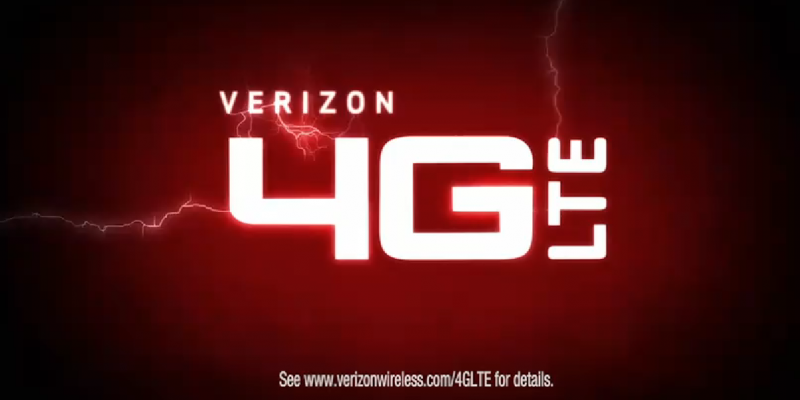LTE is the form of 4G that looks like the wave of the future for most of the world. At first, it appeared that the U.S. was doomed to repeat the mess of the 3G era, with LTE and WiMAX standing in for GSM and CDMA. That fiasco seems to have been averted, with Verizon and AT&T committed to LTE, and Sprint working on a plan (an AT&T buyout will probably remove T-Mobile as a factor within a year). Americans can now look forward to a future that Europeans have enjoyed for years, taking phones from one carrier to the next with a simple switch of a SIM card.
Or not. Rarely do consumer technology stories end that simply, and this one is no exception. It turns out, despite being based on a single technological standard, LTE may end up being even more fragmented than 3G is. GSM currently uses four bands of wireless spectrum, and as a result, AT&T customers have to sacrifice 3G data speeds if they want to take their phones with them to T-Mobile. The International Telecommunication Union (ITU) has approved a dozen different bands for LTE, and even those bands can be further divided. AT&T and Verizon currently own different parts of the 700 MHz band with little overlap. There’s no technical barrier preventing devices working on both networks, but it looks like Verizon is planning to make sure the devices they sell can’t.
Most advertisement from cellular providers today tends to focus on the popular phones that drive sales. As a result, we tend to forget that the carriers don’t actually make their money by selling us phones. They make it by selling us service. Those ad campaigns focus on phones because the flagship devices are some of the best mechanisms carriers have to draw in customers. Just look at how many consumers were drawn to AT&T by the iPhone. Imagine the catastrophe the carrier would have faced if every customer disgruntled by poor service could have kept their iPhone and moved over to Verizon at will. What if Verizon offered to pay the early termination fees? Overnight, customers would’ve switched from a rapidly growing cellular provider to an Apple retail outlet for their competitors.
It’s nice to think how convenient it would be to have whatever phone you want to go with whatever carrier you want. But in the end, there’s simply no financial incentive for the carriers to get together on LTE. No one wants to be the first to open that door to their competitors, and the number of consumers clamoring for the option is, frankly, quite small. A vocal minority, to be sure, but I doubt it’s a major segment of the market.
In fact, the excitement over the universality of LTE was always a bit overblown even from a technical standpoint. Sure, it would have created an easy mechanism for transitioning your data connection from one carrier to the next, but that sort of forgets one important detail. LTE can’t do voice calls yet. Even if you could take your HTC Thunderbolt over to AT&T when they open their LTE network later this year, your phone would be a purely data device, with no way to make voice calls over the GSM network. While I doubt it’s their top priority, by restricting the flexibility of LTE devices, the carriers will prevent users from accidentally making a switch that would prevent them from using their phones as phones.
I have no doubt we’ll see “world phones” that cover multiple LTE bands, so travelers can bring their phones along on overseas trips. But don’t expect to see the next Droid jumping around from carrier to carrier within the US. It would be the end of all those cool commercials with the glaring red eyes, mechanical noises, and underground spy-movie settings. Without these commercials, we’d all have to go see Transformers 3. No one wants that.


Comments are closed.